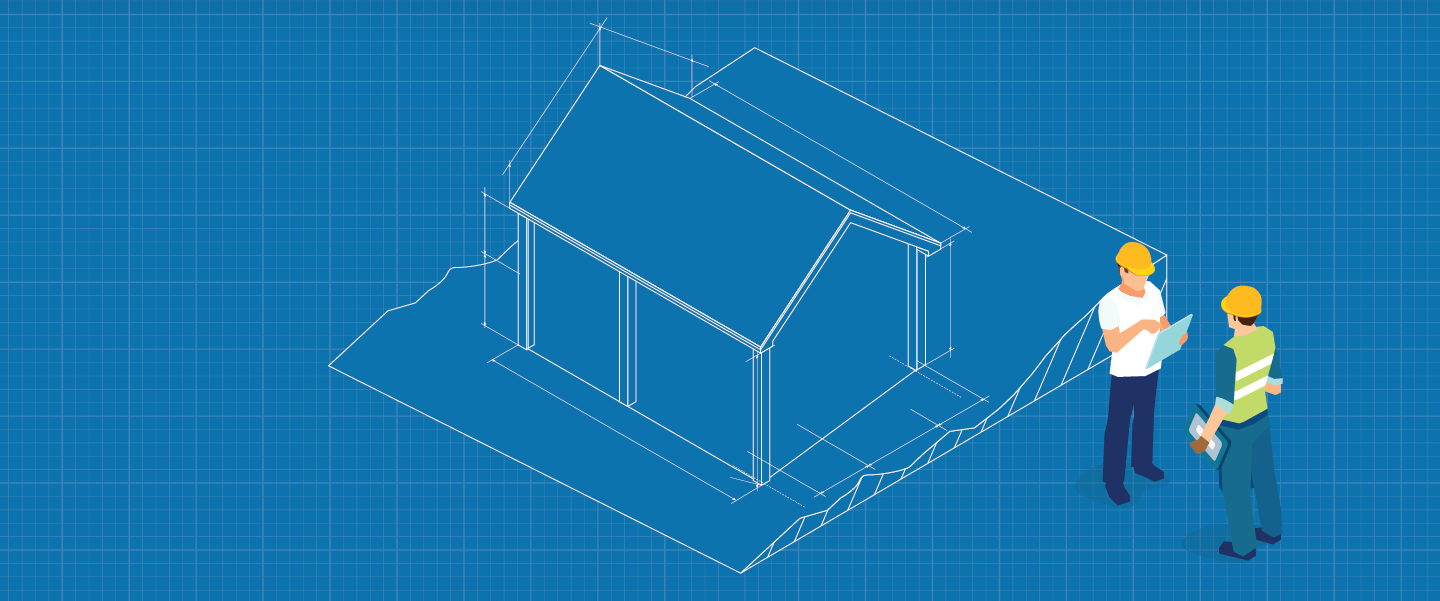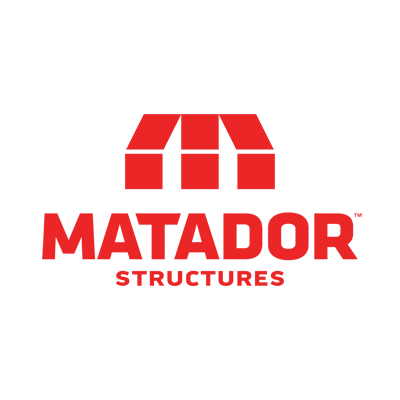Building a Pole Barn on Unlevel Ground
August 21, 2024

A pole barn is a versatile structure and they have become quite popular in recent years. Some property owners face the unique challenge of not having much level ground to work with when considering the construction of a pole barn. Sometimes, the most ideal spot might have a slope. So, what needs to be done to compensate, or is putting a structure on unlevel ground simply out of the question in these situations?
The good news is that building on an unlevel or sloped surface is NOT out of the question.
The primary challenge when building a pole barn on unlevel ground is ensuring that all the posts are the same height. This is crucial for the stability and appearance of the structure. You may also need to do some site preparation, but that is largely dependent on how the structure will be used and your needs as the property owner.
The installation requires planning, appropriate tools, and the know-how. Some property owners, if they have the expertise and tools, may choose to do their own installation. Matador offers pole barn kits, but professional installation is available. This blog post will expand on installation on unlevel ground, but keep in mind that every situation will have its unique set of challenges.
Site Assessment and Preparation for a Metal Pole Barn
The first step when you build a pole barn will be site preparation. The installer will first conduct a site assessment to determine the exact location and what type of work (if any) needs to be done. This will help them understand the degree of slope. Interestingly, the degree of slope does not significantly impact construction.
If the buyer desires a more level surface, the ground will need to be leveled with an excavator or dozer to move dirt and grade the surface. If leveling or grading is to be done, you’ll need to clear the site of vegetation, debris, and large rocks so the work can be complete. A transom is essential for determining the level grade.
Soil composition generally does not affect the preparation and construction process, but groundwater levels should be considered. Proper drainage is not overly important for pole barns, as they are open structures. However, it’s wise to consider the potential for water accumulation and plan accordingly. In areas where fill dirt has been used, compaction of the soil may be necessary to prevent future settling.
Tools and Equipment for Pole Barn Installation
For grading or leveling, you will need:
- A transom for determining the level grade
- An excavator or dozer for moving the earth
Installing the Pole Barn on Uneven Ground
There are no specific framing techniques that are required for unlevel ground. The key is to ensure that the posts are set correctly, using the transom to establish a center line for height and measuring to ensure all posts are the same finished height. The finished level roof is achieved by adjusting from the top of the posts to ensure level uniformity.
The process involves setting posts directly into the ground and into a base of concrete to ensure stability. Once the concrete has set, their height can be adjusted to accommodate varying ground levels. Using a transom helps in maintaining a consistent height across all posts.
The Final Word on Building a Pole Barn on Unlevel Ground
As you can see, building a pole barn on unlevel ground is completely feasible with the right preparation and techniques. By leveraging the right tools and methods, and seeking experienced builders, like those who install Matador Pole Barns, property owners can meet this challenge and still enjoy the benefits of a well-constructed pole barn. Remember, every site is unique, so thorough assessment and tailored solutions are key to achieving the best results. To start looking for the right pole barn for your unique location, contact the experts at Matador Structures today!











